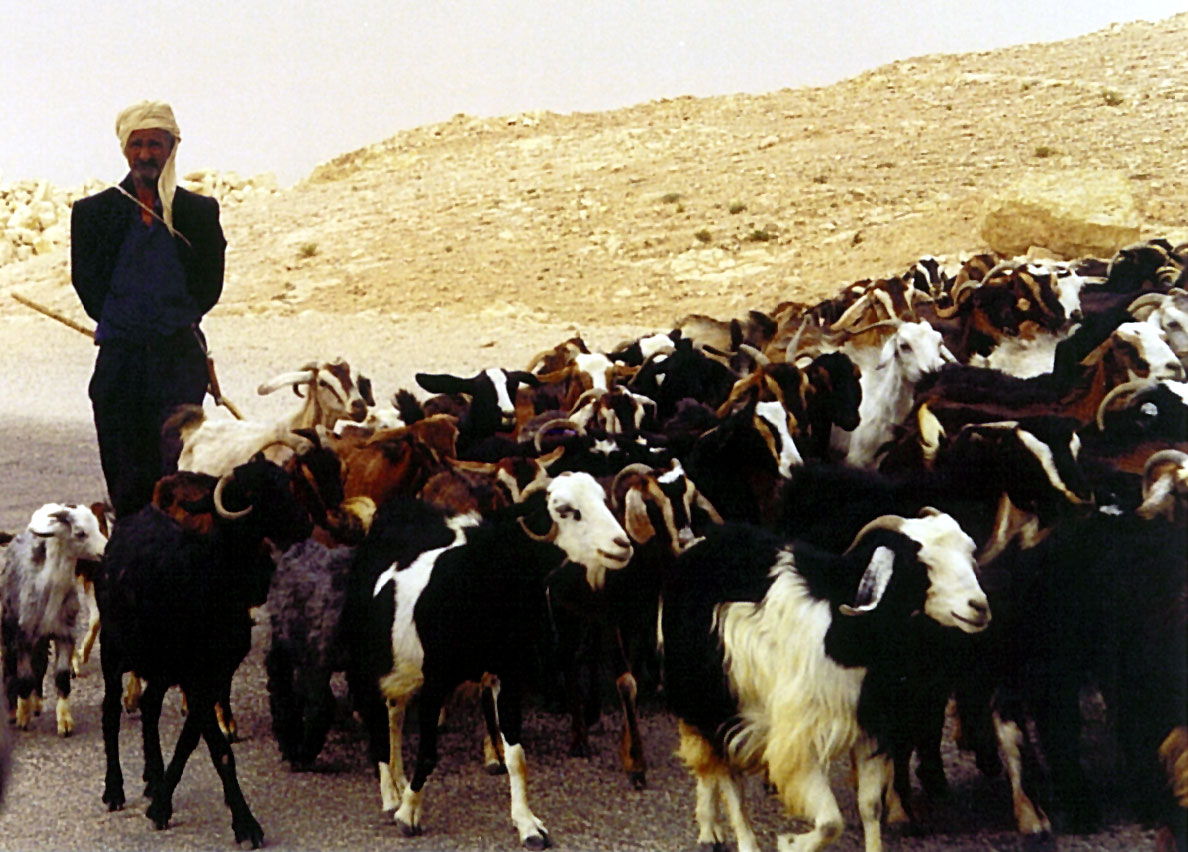I first heard about unity in... 2008, maybe 2009, back at the university. According to Wikipedia, it was first announced in 2005 as mac-exclusive, but somewhere on the line that clearly changed. And I guess it was sometime around then, when people started playing around with it, the popularity was rising, and eventually you would hear about it.
I've said to myself a number of times that I would try it out, learn to use it. And the number of times I've said that has been quite a lot, mainly because the increasing support. In short terms, and based on things unsaid, there is absolutely NOTHING to lose.
I was going to say that it was last year, but it's actually more than one year ago. It was December 2013 when me and a friend decided to start coding unity. We began with a "simple" space shooter project, that really turned out to be water over our heads. I've made space shooters before, in completely new engines (first time Torque2D), but that was a long time ago, and we had a tutor.
The game we aimed to do was quite simple really, a ship circling around a "mass" of squares on the center of the screen. The mass consisted of squares and would grow, and the player would shoot pieces of it. It was the unoriginal idea of a tiny robot inside a human, removing a tumor.
We didn't really start on the project right away, we actually had one or two sessions where we were just playing around with the engine. But we should have had a few more of those sessions before we decided to go forth and do something more advanced.
As I said, It's been more than one year since we started on the project, and looking on the from our SVN, the last time my friend committed something was in January of last year, and the last time I committed something was September of last year. I had not committed anything between January and September.
Anyhow, there are a number of reasons why the project stalled. The continuous roadblocks i unity, the fact that my friend recently had become a full time dad. And personally I was focusing on getting a degree in game design. And just to be clear, I got my degree.
Following the Extra Credits channel on YouTube is one of the this I do on my spare time. And a few weeks back they came to their senses (according to them selves) and made a series of videos on how to make your first game. This was a really good reminder to me and actually the spark I needed to get the thumb out of my ass and start doing SOMETHING. Especially their video about making a "Minimum Viable Product".
The video they posted reminded me about the first game I made completely on my own, from scratch. Using SDL and C++, I started to make a game with zombies and a samurai that would have a weird kind of way of moving around. But in the end it turned out as a "herding" game instead.
This is not just the instructions on how to play the game, this is also the splash screen the player will firs see when the game starts.
I think I'll actually just wrap it up here.
My genius plan is to convert the game from SDL to Unity, with a few minor changes perhaps.
This is my minimum viable product.
Cheers!








